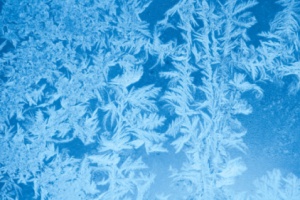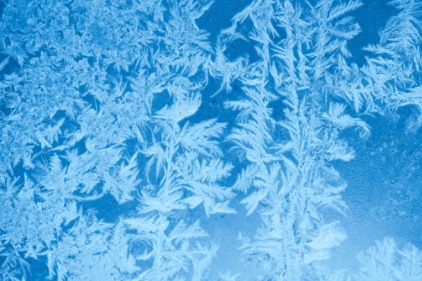 This winter, with its extreme record-setting cold, above normal snowfall, ice storms, resulted in lots of frozen pipes. The International Code Council (ICC) has produced an article intended to offer a refresher on 2012 International Residential Code (IRC) requirements related to pipe freezing so steps can be taken to minimize the chances of cold weather taking its toll on pipes.
This winter, with its extreme record-setting cold, above normal snowfall, ice storms, resulted in lots of frozen pipes. The International Code Council (ICC) has produced an article intended to offer a refresher on 2012 International Residential Code (IRC) requirements related to pipe freezing so steps can be taken to minimize the chances of cold weather taking its toll on pipes.
“When water freezes within piping, it not only prevents the flow of water, it can damage pipes, fittings and fixtures,” according to the ICC. “According to the Insurance Institute for Business and Home Safety (IBHS), repair costs resulting from piping damaged by freezing costs more than $5,000, on average, for a home. Total costs are often much more when considering loss of use, repairs to water-damage to the home and the replacement of damaged contents. Therefore, providing protection for water piping and sanitary drainage piping against freezing temperature conditions, in accordance with the Section P2603.5 of the code, is of critical importance.”
The 2012 International Residential Code is a guide for the design of piping for freeze protection and is coordinated with the International Plumbing Code.
The article covers:
- How to protect pipes installed in uninsulated spaces
- How to determine if freeze protection is necessary
- The location of backflow devices
- Freeze protection for buildings’ fire sprinkler systems, and
- Thawing frozen piping (which is not addressed by code)
“With careful adherence to the code, a solid knowledge of local conditions, and quality installation, homes built to the latest residential codes should be adequately protected against most outdoor freezing temperatures,” notes the ICC. “And as technology changes so will the International Codes.”
Click here to read the article.
